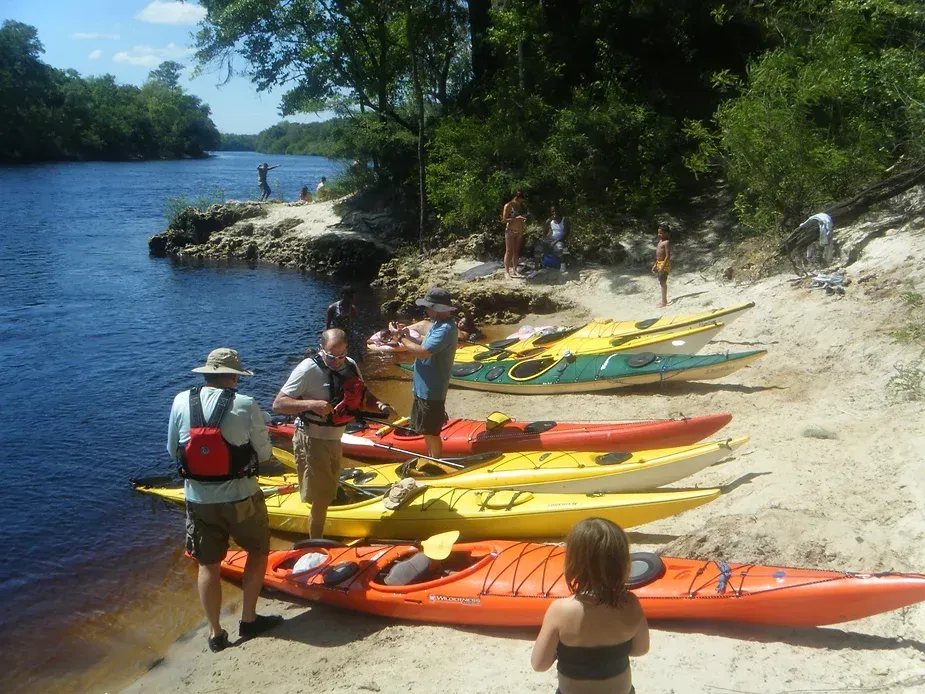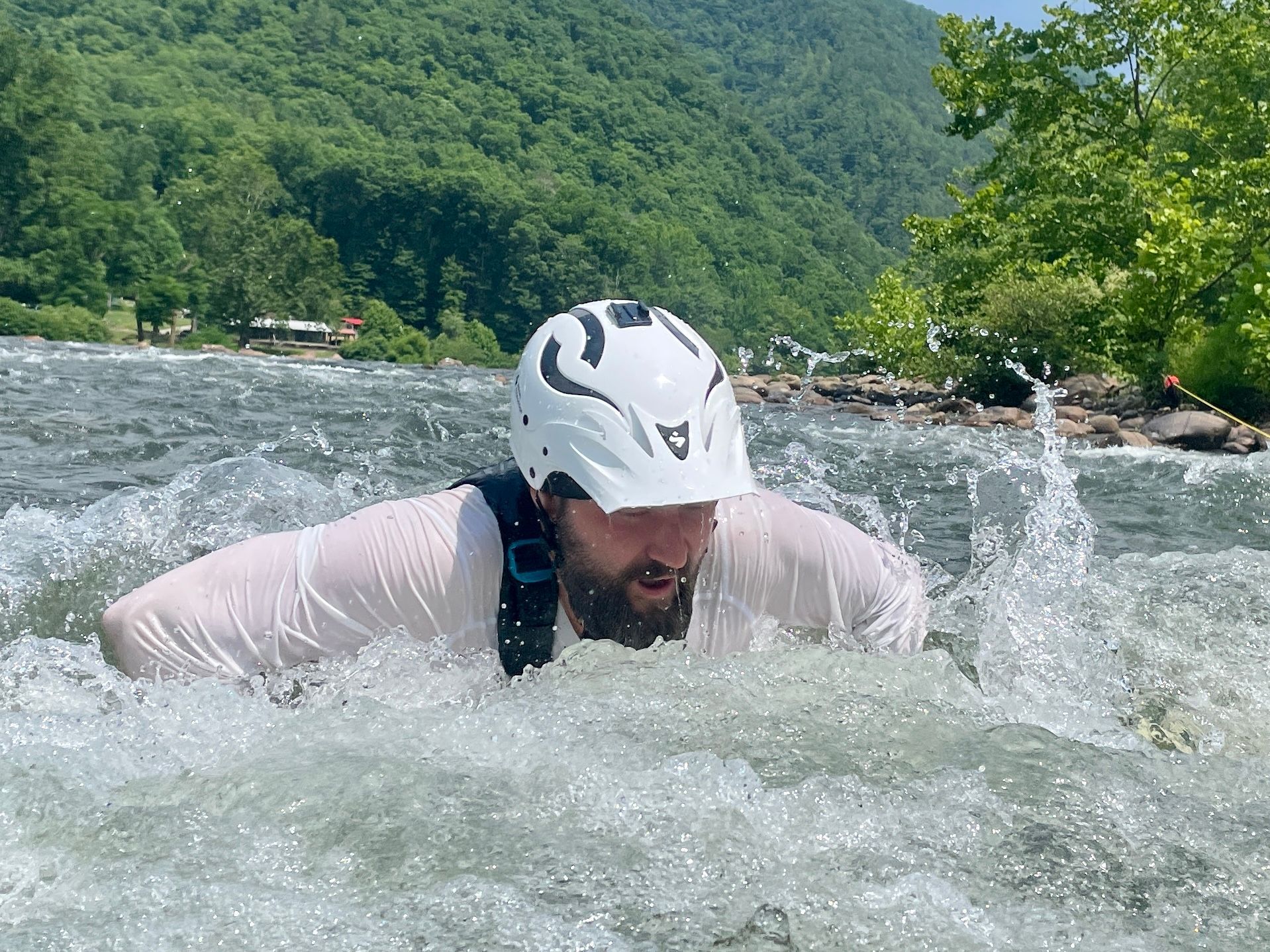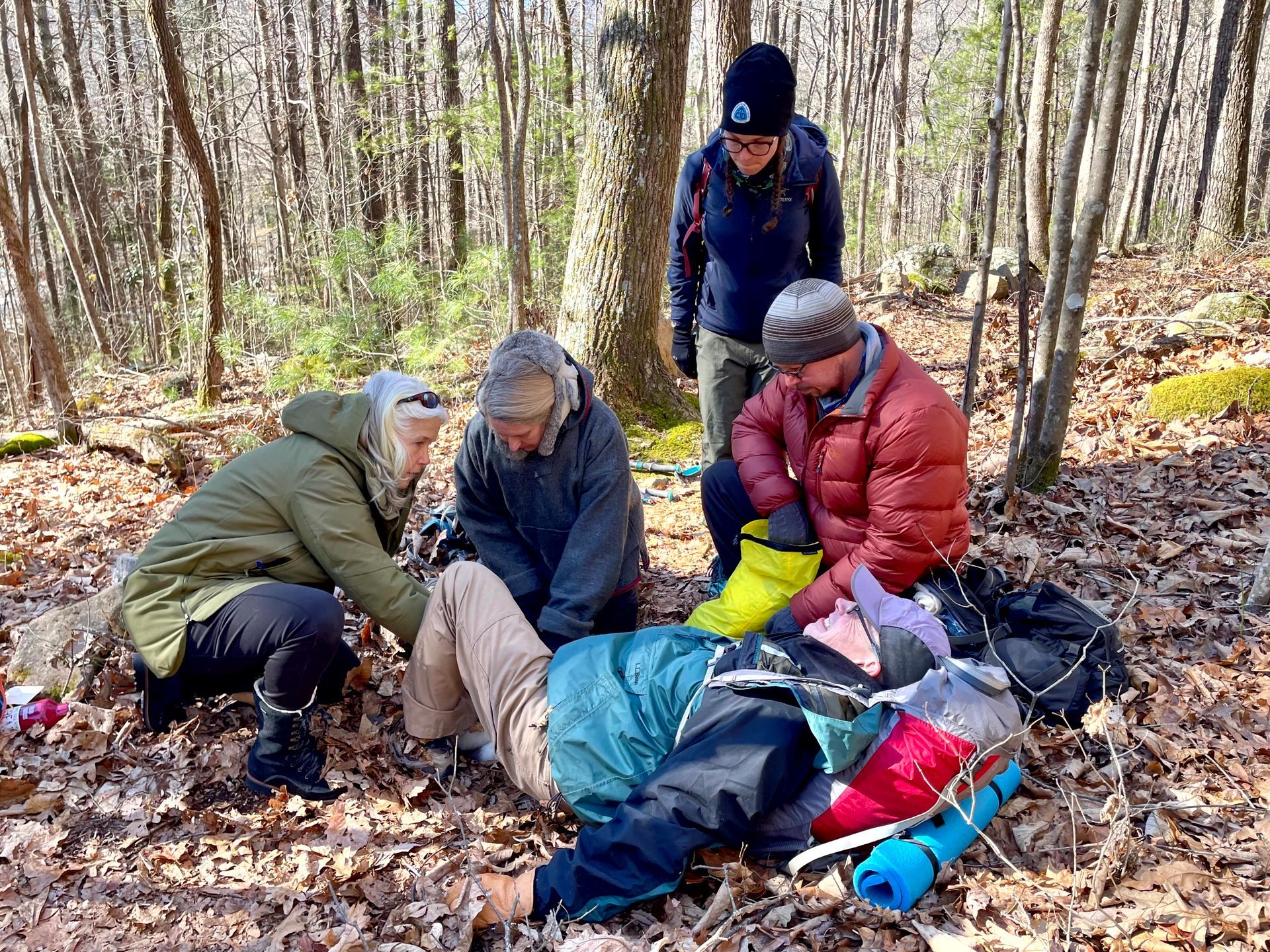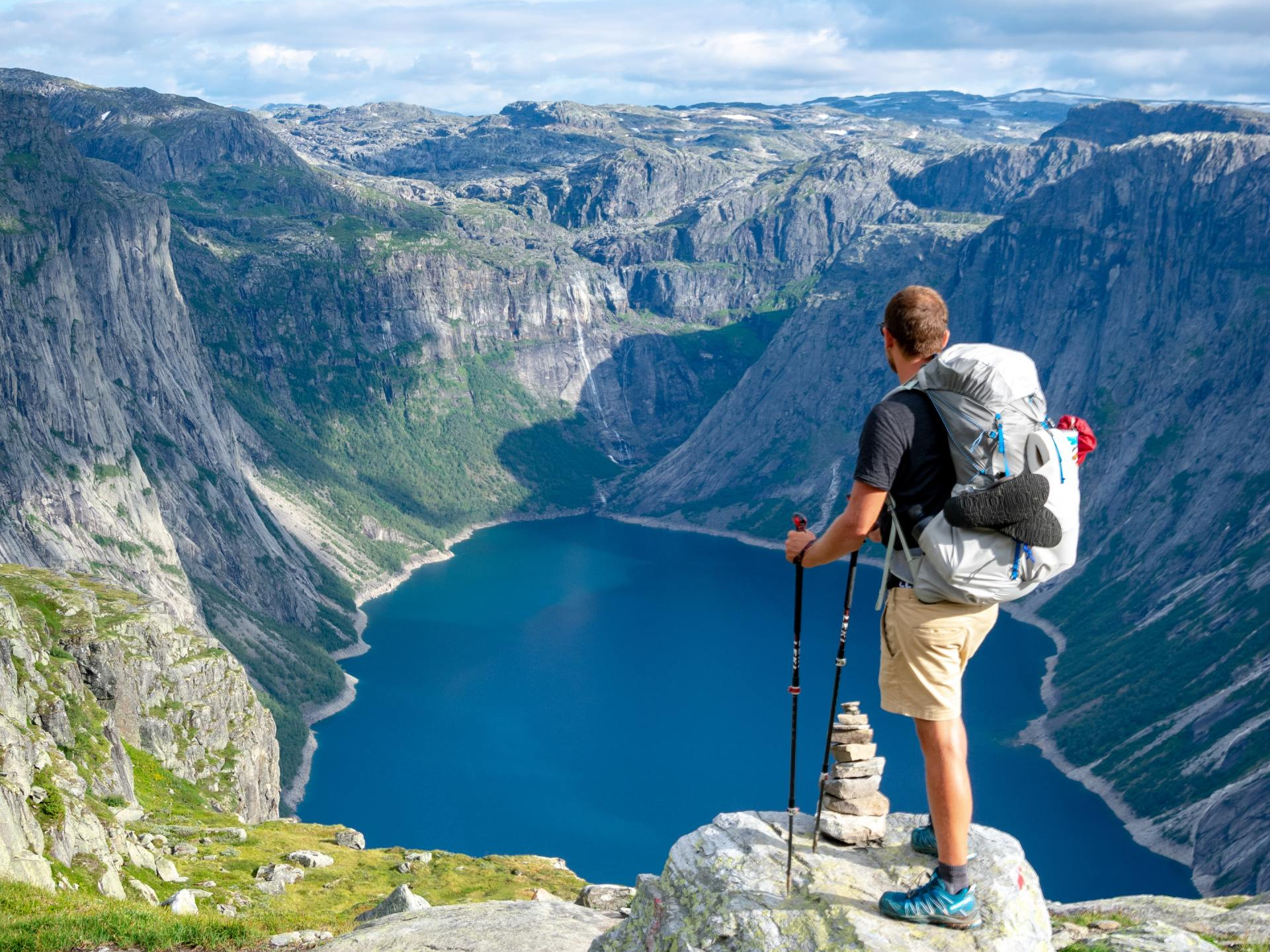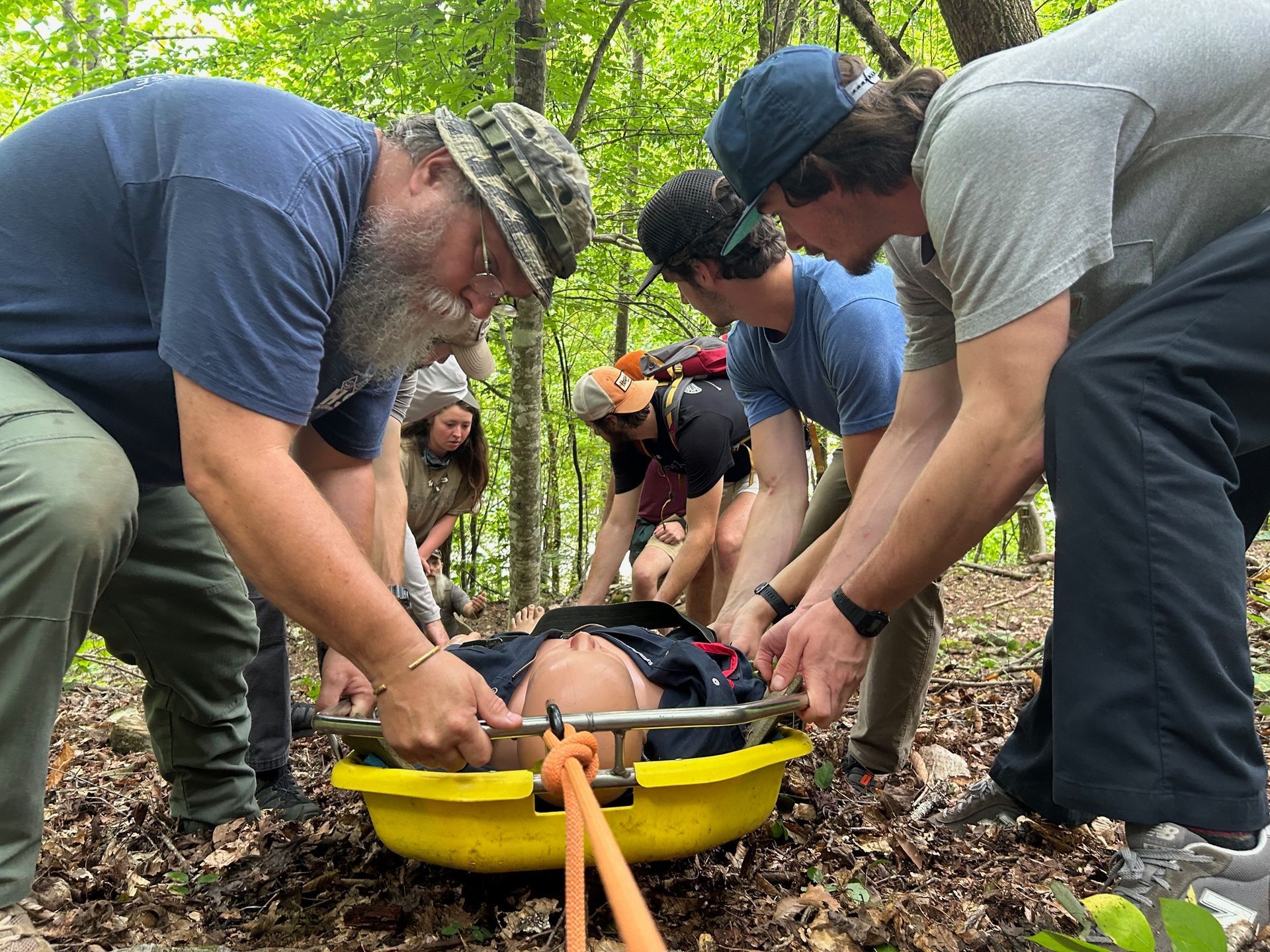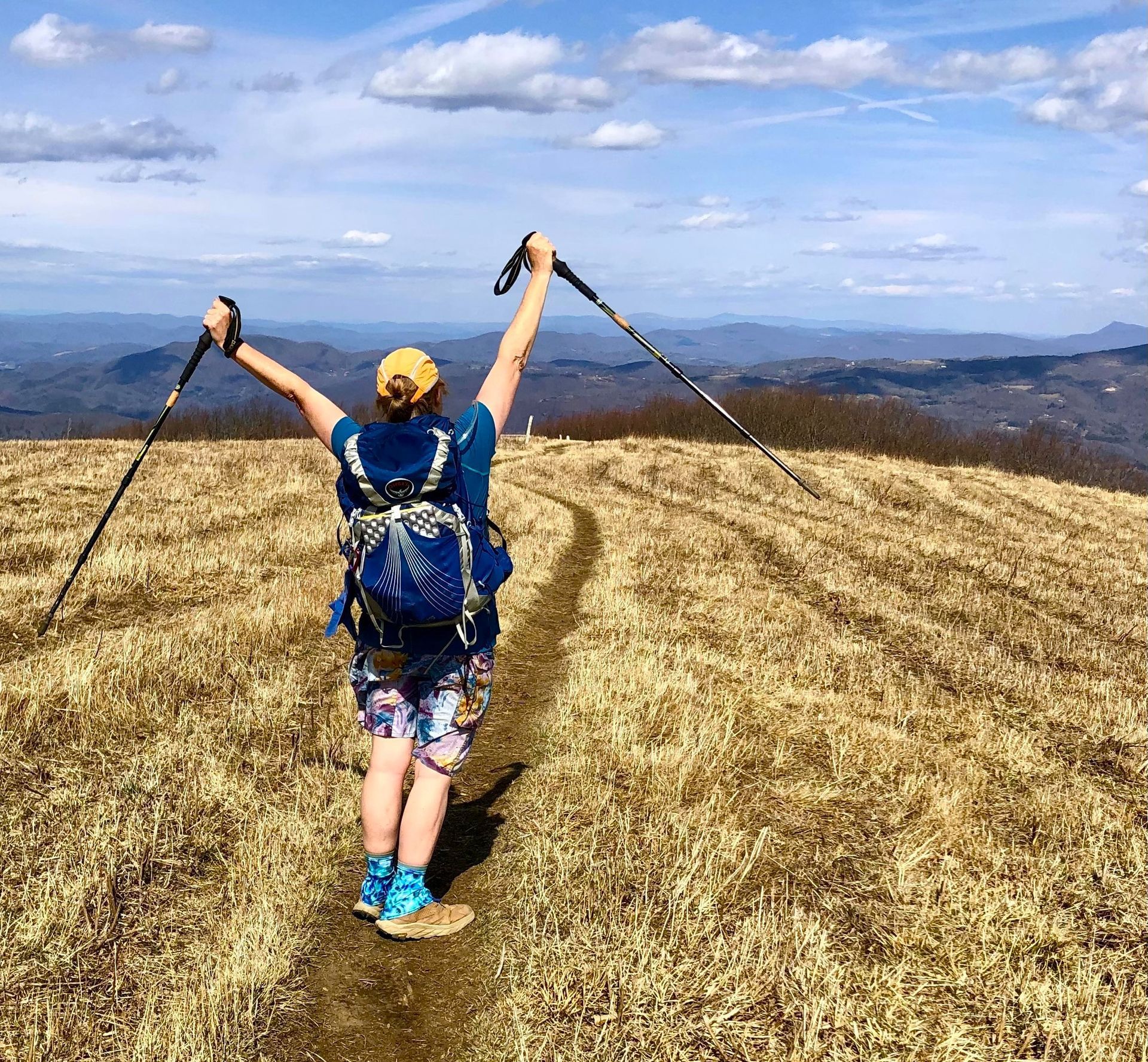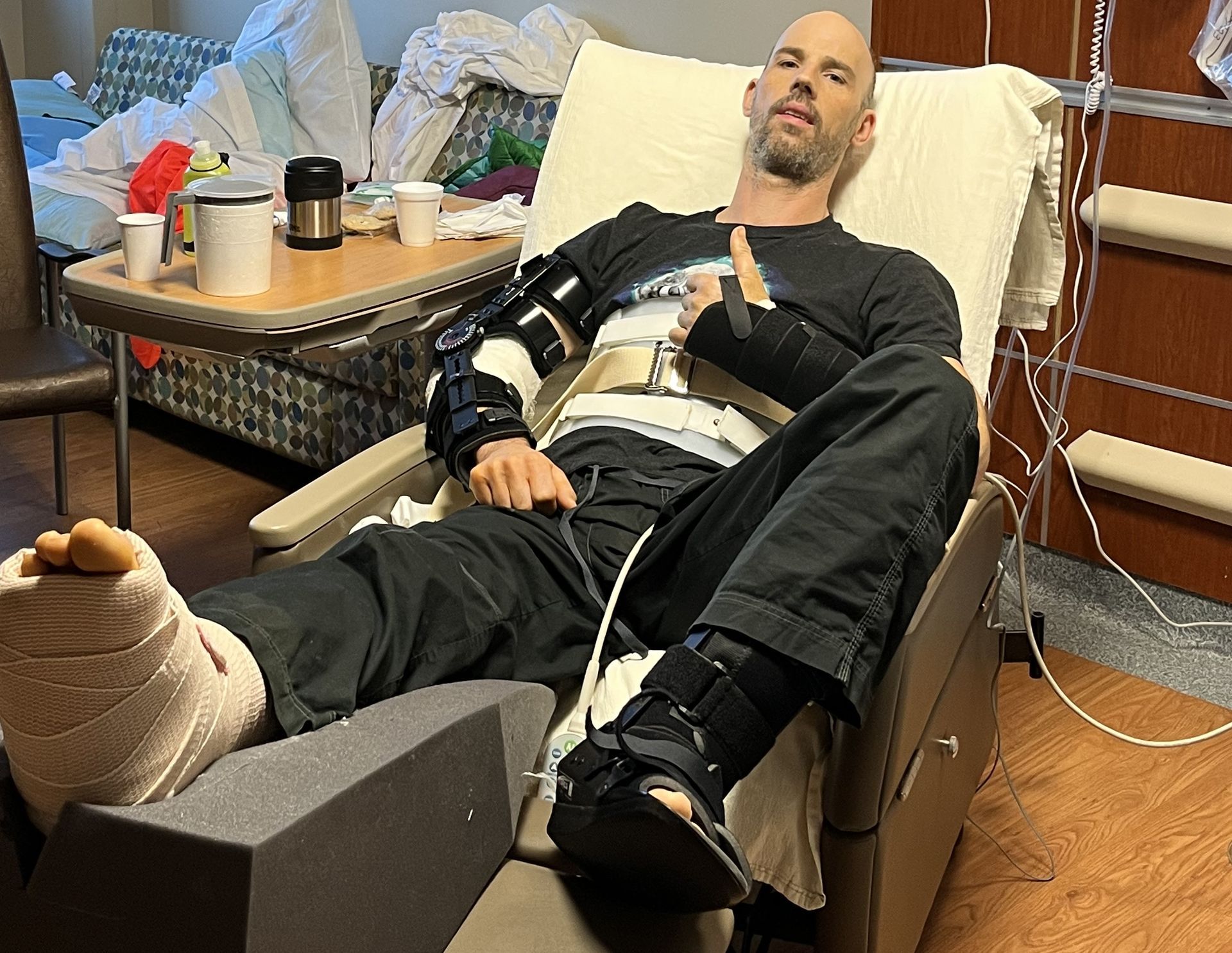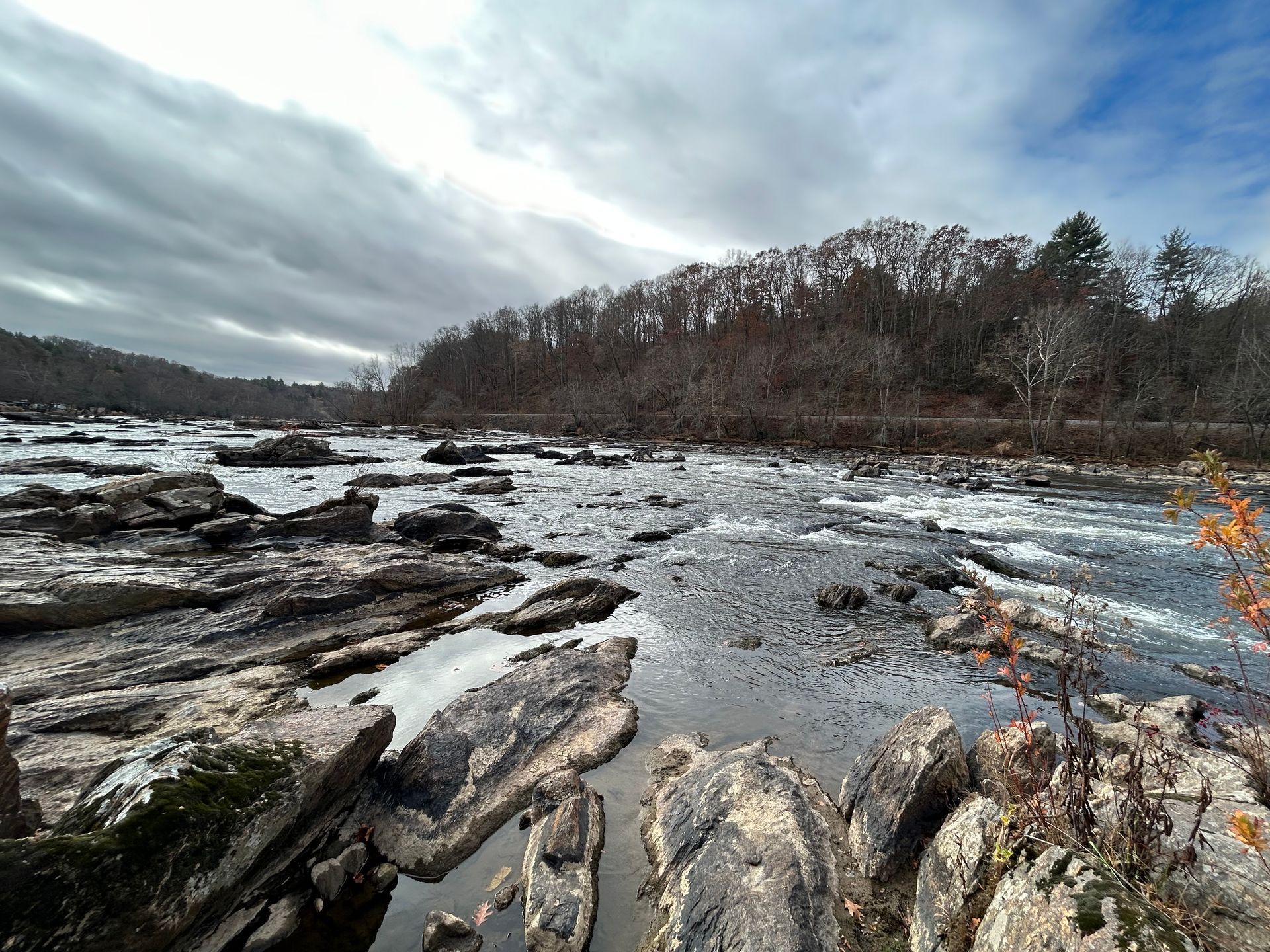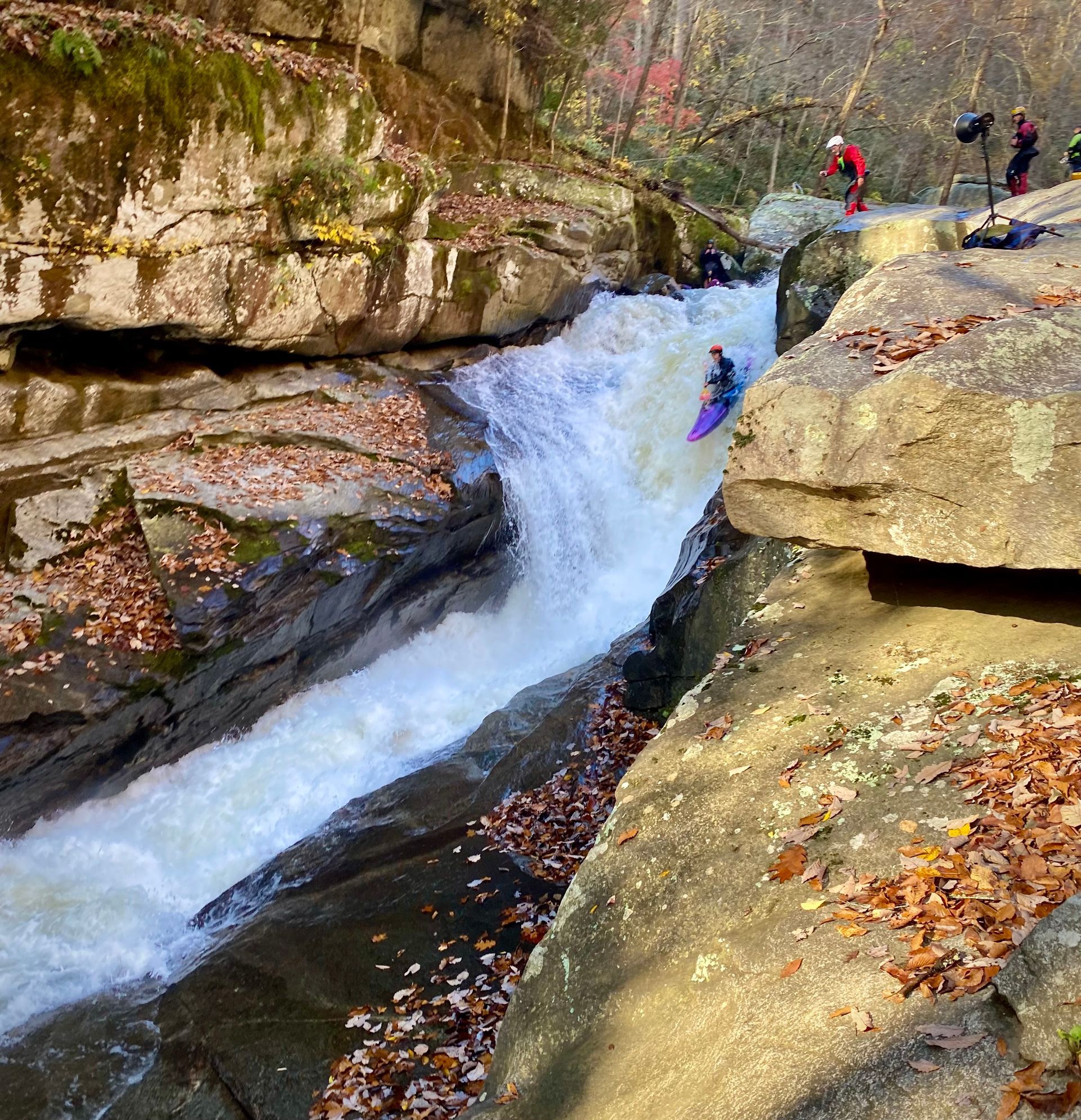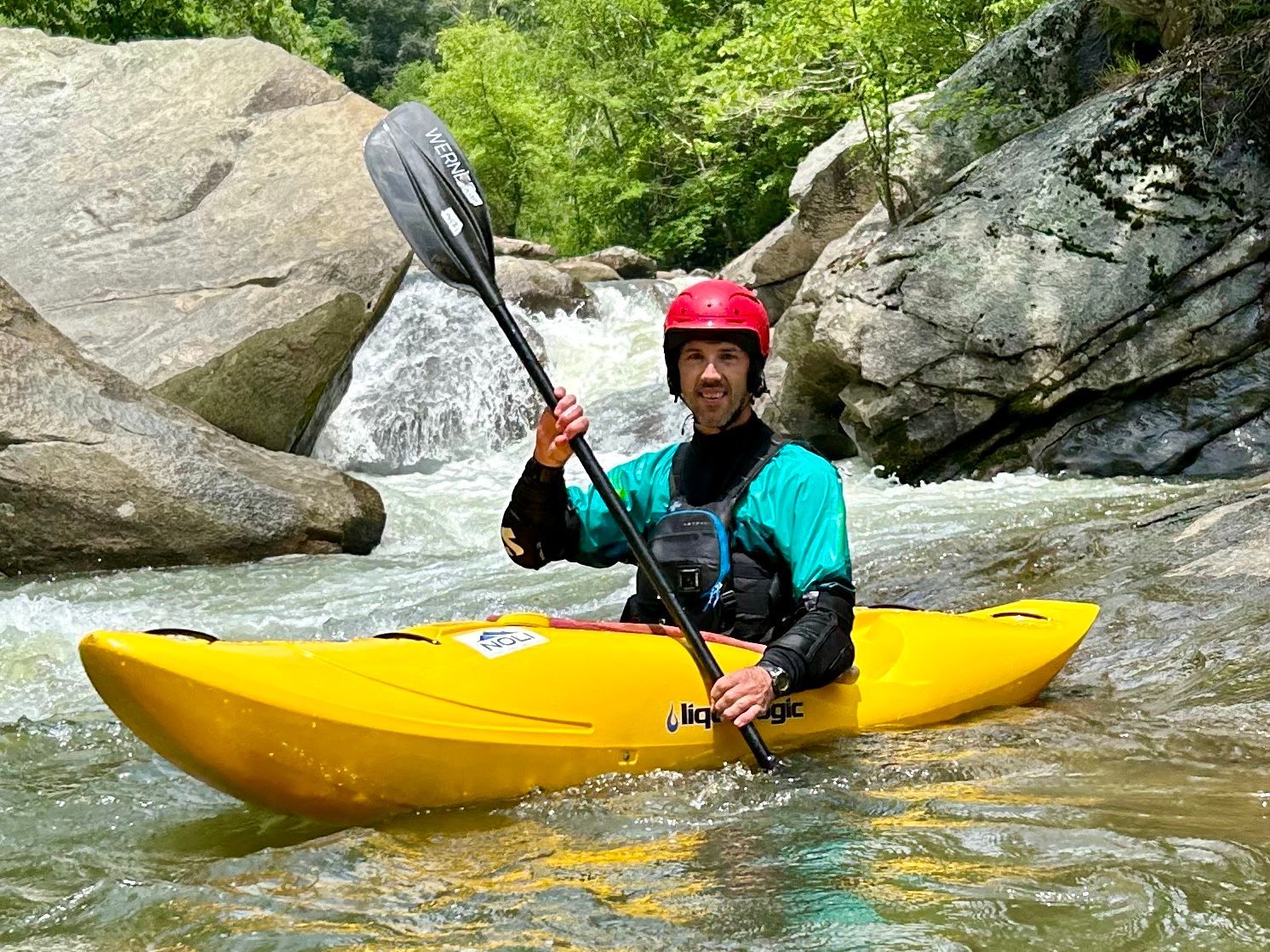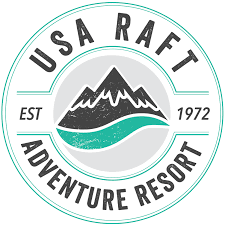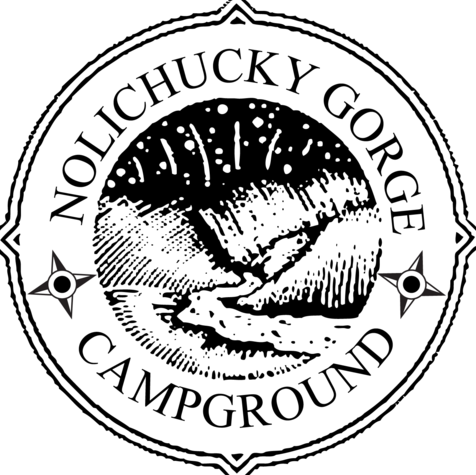The Joys of Whitewater Kayaking
What makes whitewater kayaking such a blast? Read on to find out.
If you haven’t seen it yet, Johnson City has been rated as one of the best destinations for outdoor adventures in the United States. If you haven’t read the articles singing our praises, you’ve almost certainly met the people who have! Every time I’m riding my Onewheel at Tannery Knobs or hanging out at the Nolichucky River, I meet people who have traveled here to hike, bike and boat. But did you know that of all the wonderful things our region has to offer, we are one of the best places to learn to whitewater kayak?
Whitewater kayaking might seem like something only reserved for thrill seeking adrenaline junkies, but it is an activity that has something for everyone… from mild to wild! We have great rivers to learn on, like the Lower Nolichucky and Watauga River below Wilbur Dam. After mastering the tricks and techniques of good boat control and river safety, you can branch out to rivers like the French Broad and find bigger waves and more technical rapids. We even have rivers for experts with powerful currents, waterfalls, or world class technical creeks.

It’s a great way to develop personally too. It doesn’t take long for the intimidation of the first time you sit in a kayak to get replaced by the engagement of figuring out how to “read” the river, pick your line downstream, and laugh and smile with the thrill of running rapids. Engaging with nature and powerful forces like our majestic rivers can make the problems of the modern world fade into the background and help you get back in touch with something deep inside of you. It’s that piece of you that rises to a challenge, embraces fears, and moves ahead despite the difficulty. The sense of well-being and self-confidence you've gained stays with you off the river and in your life.
Kayaking is a blend of individual achievements and social interaction. Connecting with people that enjoy the same level of challenges as you, enjoy learning new things, and are willing to make the time in their lives to participate in these things can open a new world of fellowship and camaraderie. I’ve met people from all walks of life on our rivers. On the river, we’re all just paddlers. We’re engaging with something bigger than us, working on improving ourselves and our skills, and are there to help one another when needed. In my experience, when we’re on the river the things that tend to drive us apart in “real” life fall away, and we can re-connect as individuals sharing some precious time together.
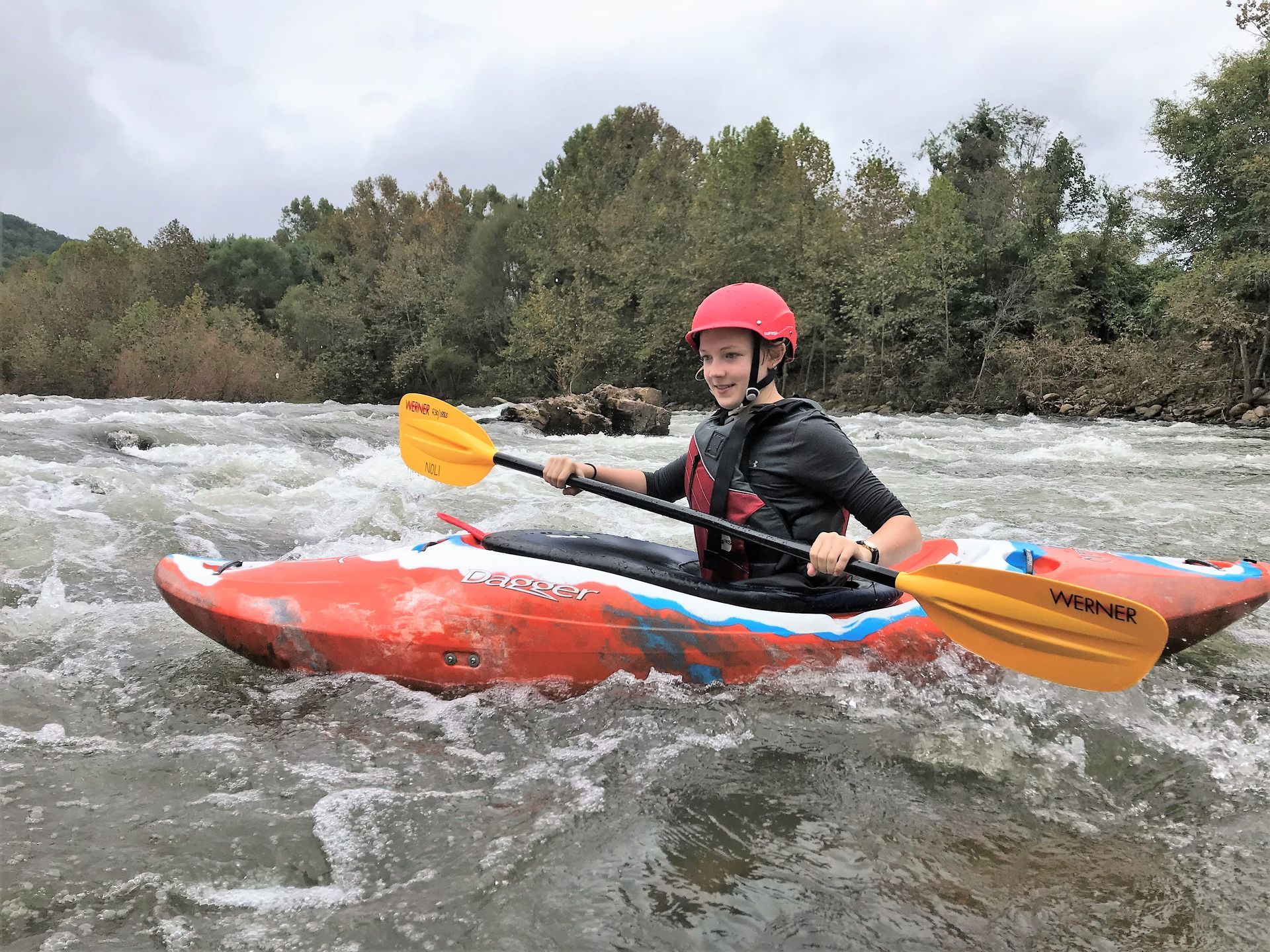
Kayaking has obvious physical benefits too. The instability of water requires us to develop a highly tuned sense of balance and coordination. Balance based activities are some of the most simulating things for our brains and help build neurological health. Each paddle stroke engages your upper body and core. How many times have you heard someone say they’re going to the gym or yoga class to, “work on their core.” It’s way more fun to do it in a kayak!
Getting out on our rivers and creeks can deepen your sense of connection to the land as well. Kayaking isn’t always about thrill seeking or being a daredevil. Paddling down a river gives you a chance to see some of the most scenic spots in our hills and valleys that are difficult to access from land. In a matter of minutes, you can paddle from a parking area to a remote gorge. Once the river turns away from the road, you are left to embrace a state of flow and watch the scenery flow by. Once equipped and trained, you can leave your house and be on the river in a matter of hours. People are traveling from states away to have the same experiences that are right in our backyards.
Imagine sitting at your computer on a rainy Friday. While your co-workers are lamenting that their weekend plans are ruined, you’re celebrating because you know the rivers are coming up! The hardest part of your day is going to be deciding what wonderful and amazing river you’re going to paddle on that weekend. When your spectrum of choices goes from good to great, you’ve made some excellent life decisions. Learning to kayak can be one of those great choices.
The Nolichucky Outdoor Learning Institute (NOLI) in Erwin, Tennessee offers a full range of whitewater and flatwater kayaking instruction for all abilities, beginner through advanced. For more information and to see upcoming classes, go to www.nolilearn.org.
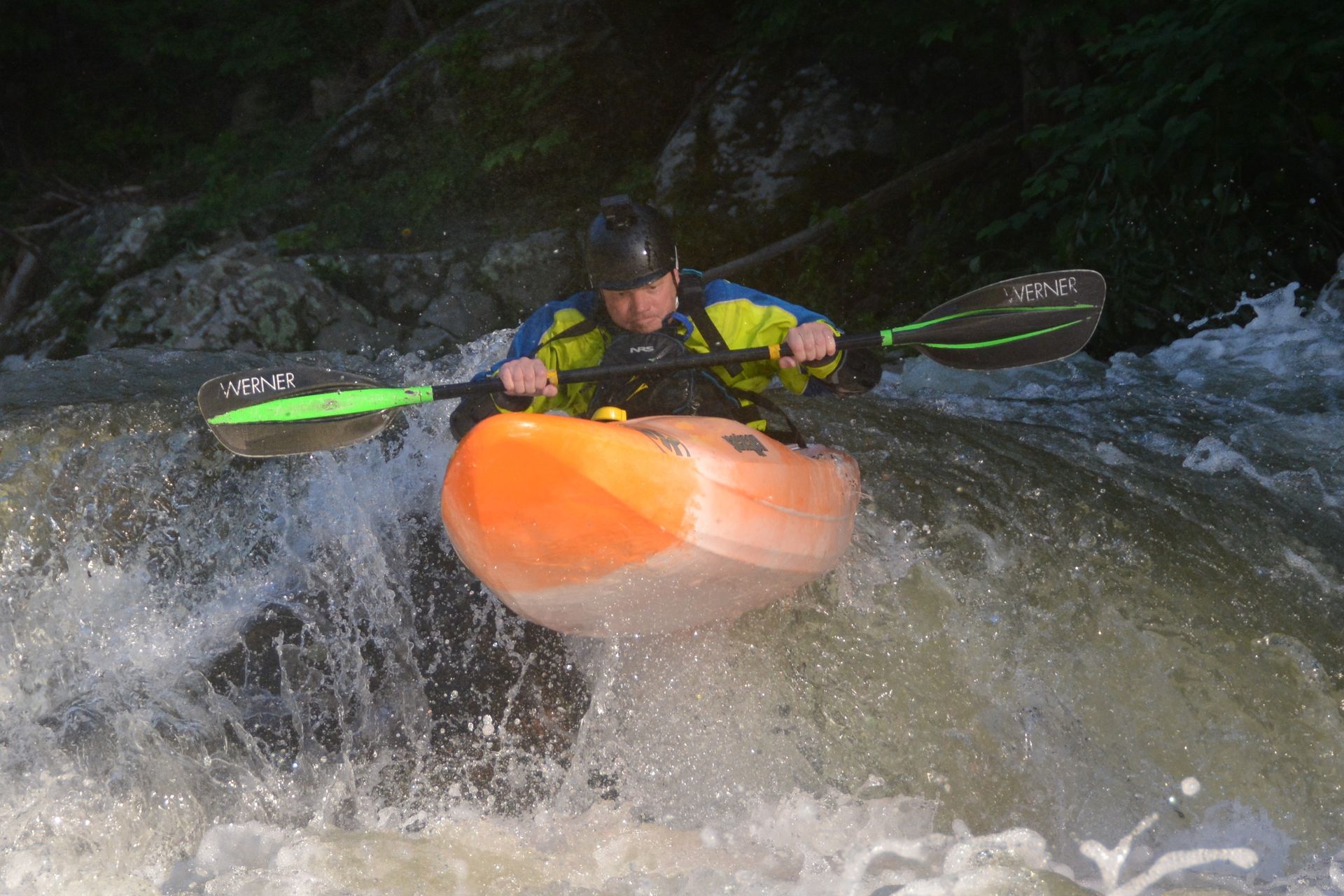
Brad Eldridge is a whitewater kayak and canoe instructor at the Nolichucky Outdoor Learning Institute, chiropractor and the President of the Appalachian Paddling Enthusiasts.

